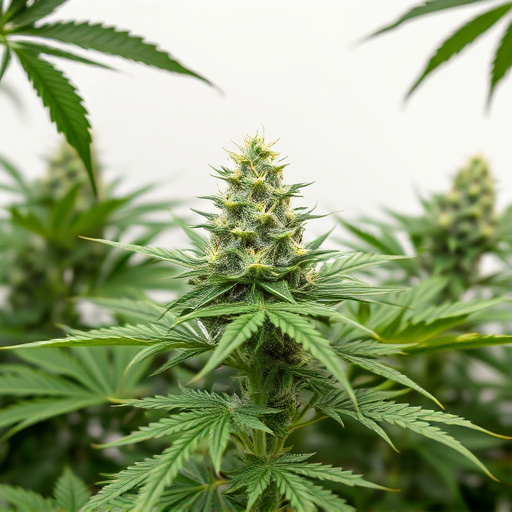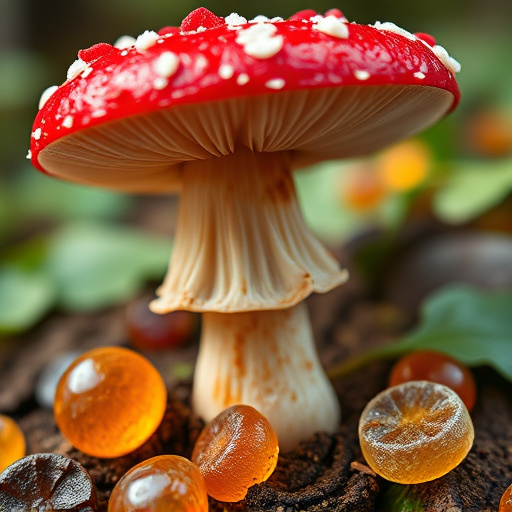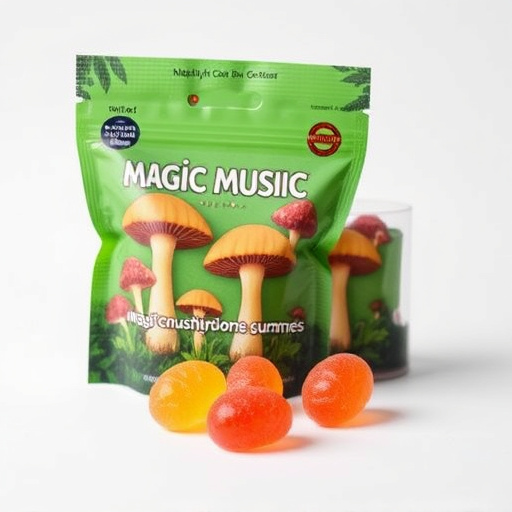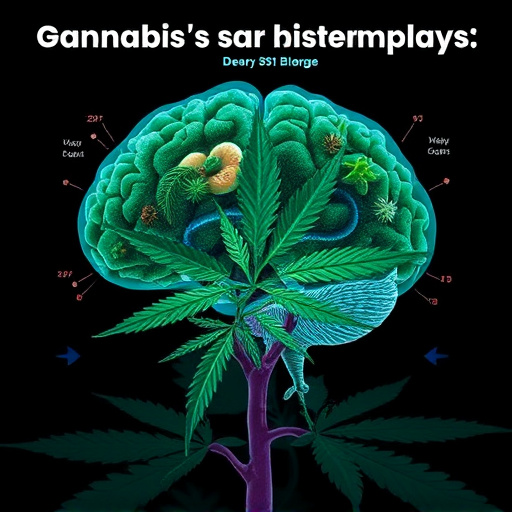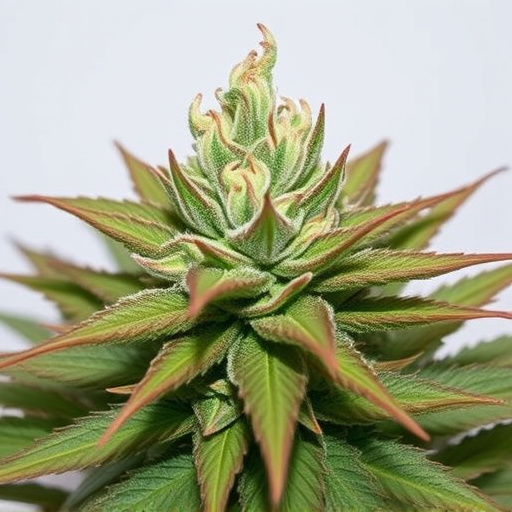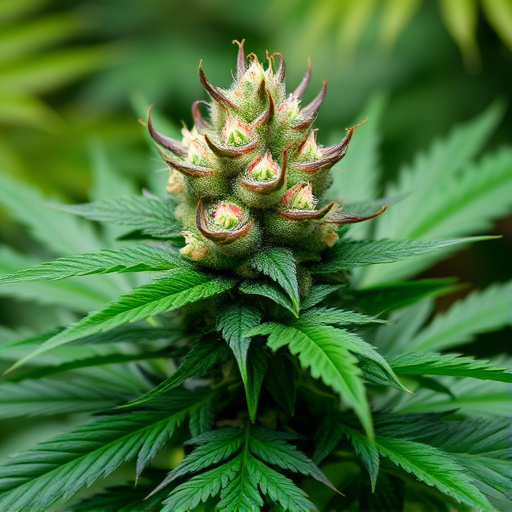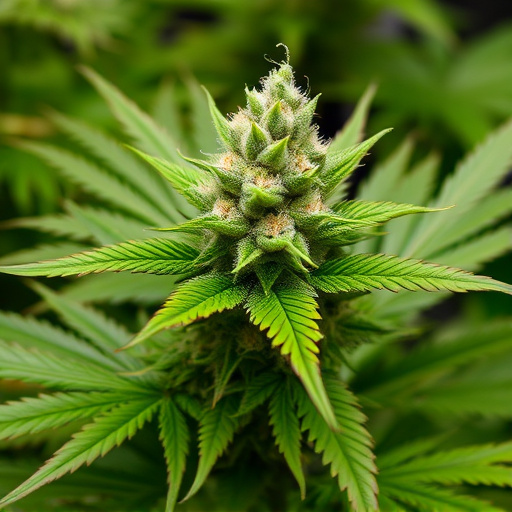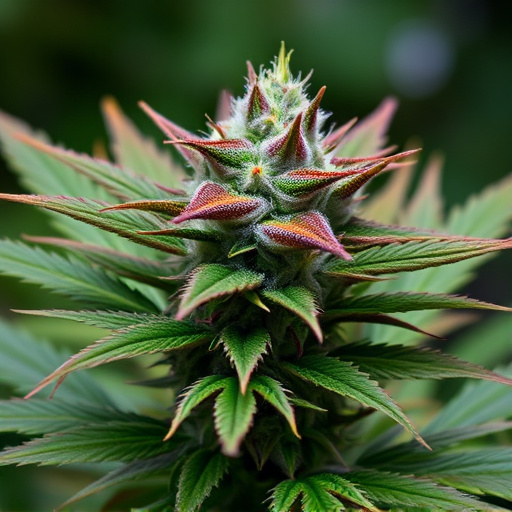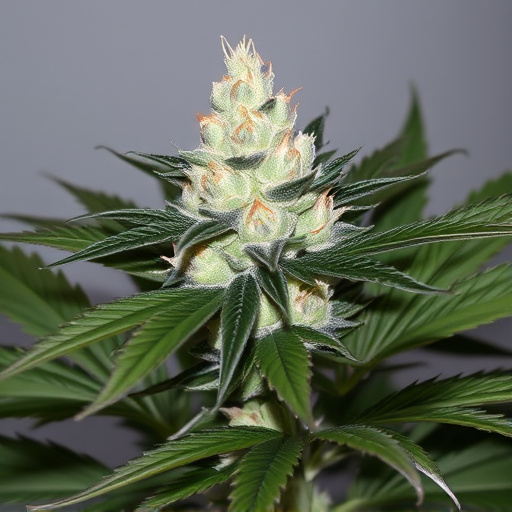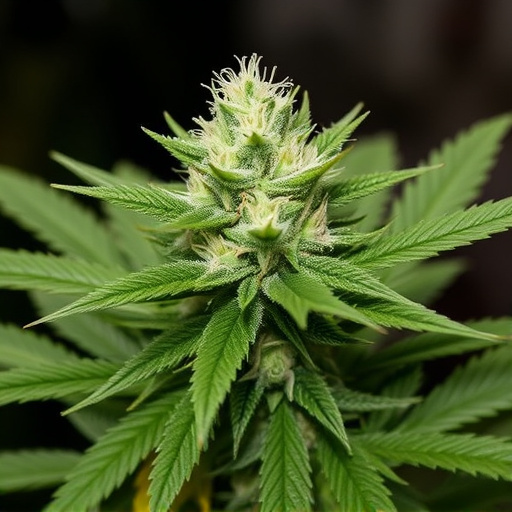By 2025, decarboxylation is key to unlocking the full potential of cannabis, enhancing potency and accessibility of cannabinoids and terpenes. Growers can produce tailored top cannabis strains with balanced THC, CBD, and terpene profiles, catering to diverse consumer preferences for relaxation, pain relief, or cognitive enhancement. Optimal decarboxylation involves preheating ovens to 218-248°F (103-120°C), spreading ground cannabis on parchment paper, baking for 30-45 minutes, and using a food thermometer for precise control to avoid bitterness.
“Unleash the full potential of your cannabis flower with a comprehensive guide to decarboxylation, a vital process in enhancing its effects. This article delves into the science behind decarboxylation and its benefits for cannabis enthusiasts. Discover the top cannabis strains suited for 2025’s market, as well as expert tips for a successful decarboxylation process. Learn how to optimize your cannabis experience by understanding this game-changing technique, especially with the latest trends in the industry focusing on superior strains.”
- Understanding Decarboxylation: The Process and Its Benefits for Cannabis Flower
- Top Cannabis Strains for Decarboxylation in 2025: A Comprehensive Guide
- Best Practices and Tips for Successful Decarboxylation of Cannabis Flower
Understanding Decarboxylation: The Process and Its Benefits for Cannabis Flower
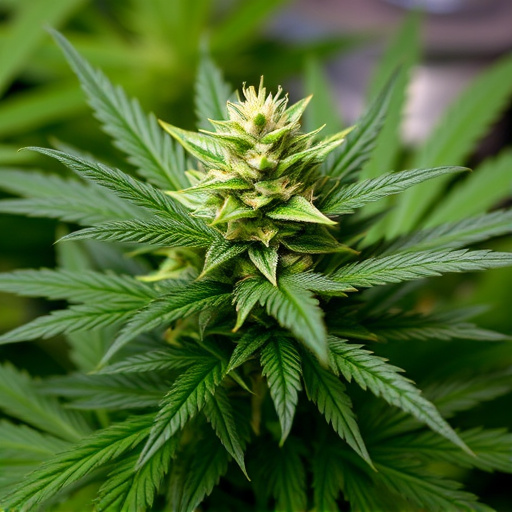
Decarboxylation is a process that plays a pivotal role in maximizing the therapeutic potential of cannabis flower, or bud. It involves heating cannabis to transform its chemical composition, specifically converting tetrahydrocannabinolic acid (THCA) into tetrahydrocannabinol (THC), the primary psychoactive compound responsible for the plant’s unique effects. This process isn’t just about enhancing potency; it ensures that cannabinoids and terpenes—the aromatic compounds that contribute to cannabis’s diverse flavors and potential medicinal benefits—are more readily available for consumption.
Understanding decarboxylation is key in selecting the best cannabis strains in 2025. Top cannabis strains are often characterized by their balanced profiles of THC, CBD (cannabidiol), and terpenes. By controlling the decarboxylation process, growers can preserve or enhance specific cannabinoid levels, catering to diverse consumer preferences and medicinal needs. This precision allows for tailored experiences, whether seeking relaxation, pain relief, or cognitive enhancement, making decarboxylated cannabis a game-changer in the industry.
Top Cannabis Strains for Decarboxylation in 2025: A Comprehensive Guide
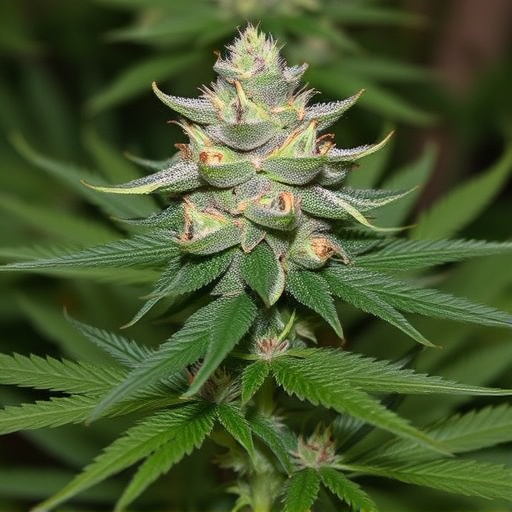
In 2025, decarboxylation has become an integral part of cannabis preparation, allowing users to unlock the full potential of their chosen strains. When it comes to selecting the top cannabis strains for decarboxylation, several factors come into play, including terpene profiles, cannabinoid content, and specific effects sought by consumers. The following strains stand out as leading contenders:
Indica dominants like “Granddaddy Purple” and “Blue Dream” have long been popular for their relaxing and sedative properties, making them ideal candidates for decarboxylation. These strains not only offer a calming experience but also contain high levels of THC, enhancing the overall potency. Sativa strains such as “Lemon Haze” and “Super Silver Haze” are known for their uplifting and energetic effects, providing a more cerebral high. In 2025, consumers seeking a balanced approach often opt for hybrid strains like “Girl Scout Cookies” or “Northern Lights,” which combine the best of both worlds, offering a blend of relaxation and euphoria.
Best Practices and Tips for Successful Decarboxylation of Cannabis Flower
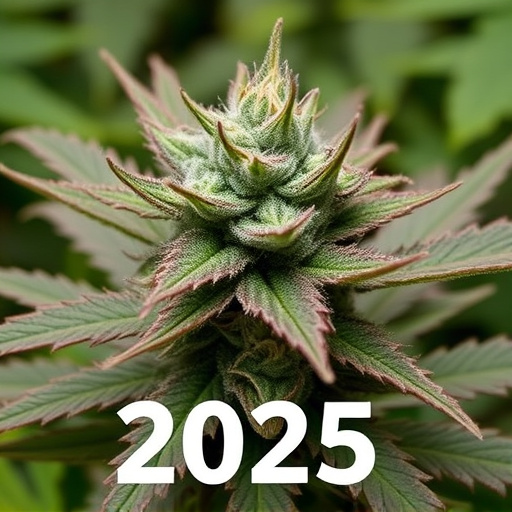
To ensure successful decarboxylation of your cannabis flower, consider these best practices and tips for optimal results in 2025. First, preheat your oven to a stable temperature between 218-248°F (103-120°C), as this range is ideal for activating cannabinoids while preserving terpenes, the key components that contribute to the unique flavors and aromas of top cannabis strains. Next, spread your ground cannabis evenly on a baking sheet lined with parchment paper, avoiding clutter to facilitate even heating. Bake for approximately 30-45 minutes, stirring occasionally to prevent burning or uneven decarboxylation. Keep an eye on the color change: as the cannabis turns a deep brown shade, it indicates that the process is complete.
For precise control, use a food thermometer to monitor the temperature and check the cannabis’ internal heat. Remember, overdoing it can lead to a bitter taste, so adhering to these guidelines will help you achieve a perfect balance of activation and flavor preservation, ensuring your top cannabis strains remain potent and enjoyable after decarboxylation.
Decarboxylating cannabis flower is a key step in maximizing its therapeutic potential, especially with the evolving legal landscape and growing interest in cannabis-based wellness. By understanding the decarboxylation process and choosing the right strains like those highlighted as top cannabis strains in 2025, you can ensure a more effective and enjoyable experience. Following best practices and tips outlined in this guide will enable successful decarboxylation, unlocking the full spectrum of benefits that cannabis offers.



